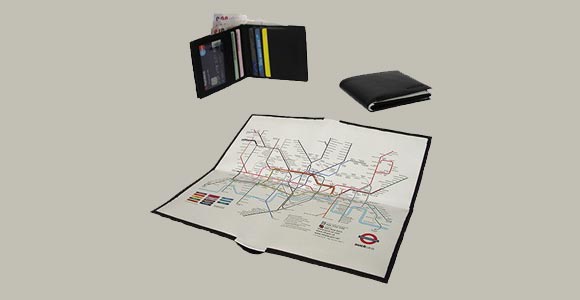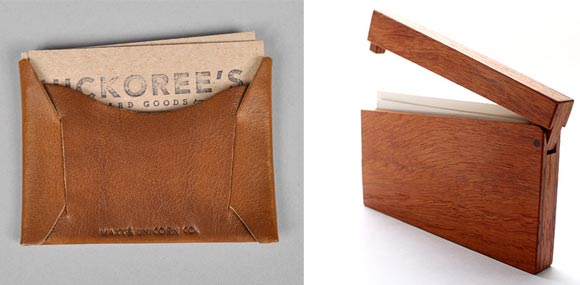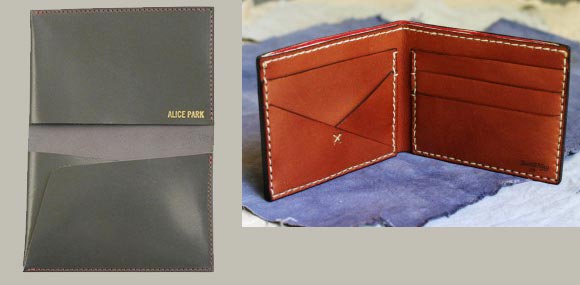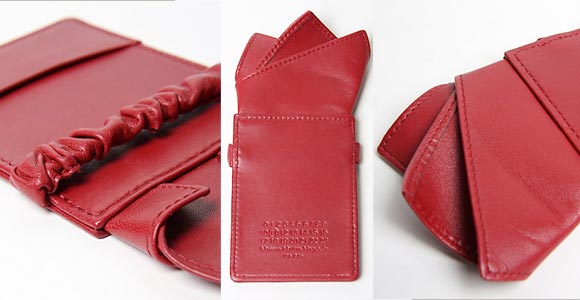Wallet Formats
Wallet Formats
A wallet is essentially a pocket organiser. It needs to store, and then provide access to, the cards and notes we keep in our pockets (we’ll cover large format organizers and ladies purses in another post). Yet with that wonderful diversity that human nature manages, there are tons of wallet types and formats.
In the spirit of carry geekdom, we thought we’d go through a few of those formats, outlining when we think each of them is most effective…
Background (because we’re geeks)
We like to think of wallets as arranged on a spectrum from storage optimized (they keep your cards really close together), through to access optimized (they allow you to grab any card in an instant).
We’ll start with the storage optimized wallets, because they don’t bulge in your pocket (leaving you to look sexy).
—
Single Sleeves/Cases
You can’t get any smaller than stacking your cards against each other. A good case or single sleeve should then wrap your cards in a thin layer for protection, and give you some way of spreading your cards to sort through them.
Notes usually require a separate money clip, or a spot where you can fold and tuck them in near your cards. It’s this note folding that is the biggest turn off for most potential sleeve users, as it does require some practise.
Lots of solutions in this area have a few external slots, giving some ready access while still keeping bulk low. We find these generally destroy cards faster, unless they have been really clever in sheltering the cards.
So if you’re into reducing bulk, reducing cards, and don’t mind folding notes, you should find love with these.
Wallet image on the left is a Max & Unicorn Wallet
Wallet image on the right is a Masakage Tanno Wood Buisness Card Case
—
Bifold Wallets
Most of the men’s wallet world lives in this space. A clean bifold can be a great compromise between storage efficiency and easy access. A good bifold helps you prioritise between frequently used cards (like your main credit card and ID which need fast access slots), and your infrequently used cards (which should be stored more efficiently and out of the way). When you start adding additional flaps and sections, they start to loose any elegance.
The biggest flaw with most bifolds is the amount of leather they put into them. You can sometimes end up with 10 layers of leather in depth, which adds crazy bulk and ugly pocket bulges. Less is definitely more here.
Wallet image on the left is a Alice Park
Wallet image on the right is a Barret Alley
—
Trifold Wallets
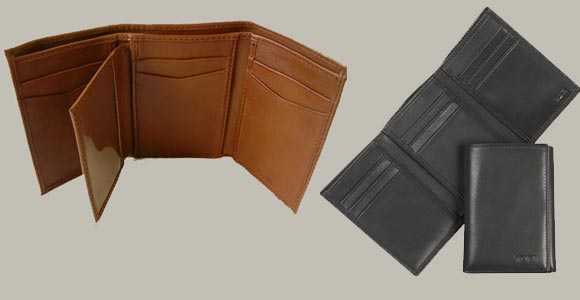
Generally speaking, trifolds are crap. You just end up with too much leather, too many layers, and too much fold complexity (for no real gain). There are some trifolds that do a better job of it, but we think you can almost always get a better end solution with another format.
If you’re using a trifold with additional card flaps, ummm… wow. There’s probably not a less efficient wallet out there.
Wallet image on the left is a Bavelli Leather
Wallet image on the right is a Meridan
—
Defying convention
“All models are wrong, but some are useful” (George Box)
No matter how you try to segment an area, there will always be some that don’t fit your categories. Here you’ll find any number of concertina, origami or moulded solution, most of which are more about originality than better solving our carrying problems.
If you like to carry a weird mix of items together, or feel like convention needs to be defied, you might well find a great solution in this broad category.
—
Extra bit at the bottom:
The credit card has actually revolutionized wallets. Let me explain…
Previously, having no standard size to base decisions from, institutions would make their identification all kinds of dimensions. Drivers licenses, medical papers and membership documents could vary from a small dog tag to a business letter size behemoths. Somehow, your wallet had to fit all these.
With the mass proliferation of the credit card, identification has slowly moved towards this standard size (known in the ISO/IEC 7810 standard as ID-1 size). There are other larger standard ID sizes (like the ID-3 Passport size), but only big and annoying government organizations specify those (especially in Europe).
So while we normally all diss the credit card contagion, your wallet is secretly blessing it, as we now know what a wallet needs to hold. Oh, other than currency sizes, where some nations are very slow to catch up. If you have to haul huge GBP or Euro around, perhaps ask your national mint to get with the times.





 Carry Awards
Carry Awards Insights
Insights Liking
Liking Projects
Projects Interviews
Interviews
